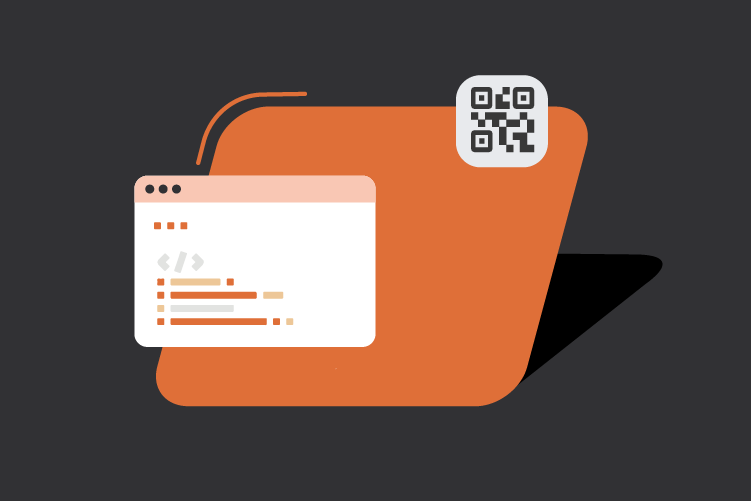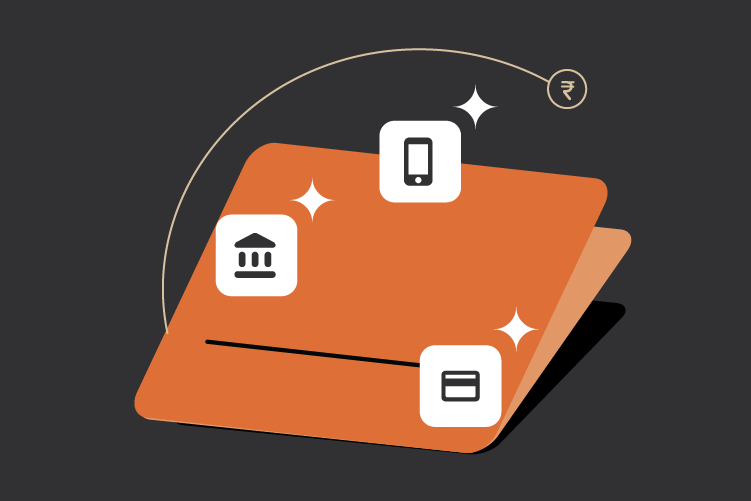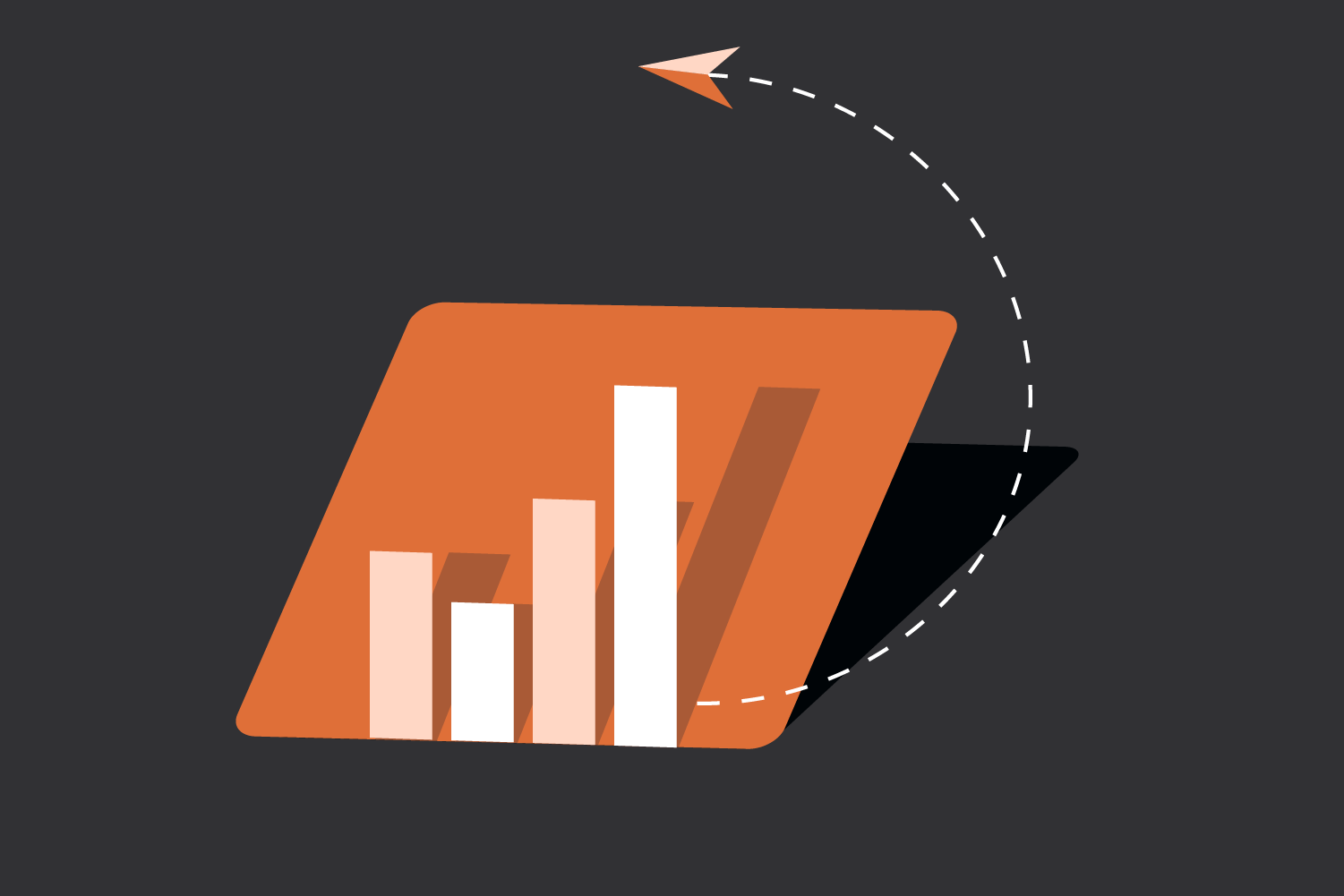Every time you shop online, pay for a course, or book a ticket, a payment gateway is silently at work behind the scenes, ensuring your transaction is fast, secure, and seamless. Acting as a digital bridge, it connects your preferred payment method—be it UPI, credit or debit cards, net banking, or wallets—to the merchant’s bank account. Wondering how payment gateway works? It verifies your payment details, authorizes the transaction, and ensures your money reaches its destination smoothly and securely. Without payment gateways, the convenience of online transactions we enjoy today would simply not exist.
What is a Payment Gateway?
A payment gateway is a technology that facilitates online transactions by securely transmitting payment data between customers, banks, and merchants. It ensures sensitive payment information—such as card details or UPI credentials—travels safely through encrypted networks. By adding a critical layer of security, it prevents fraud and ensures data integrity. Beyond processing payments, gateways streamline transactions and foster trust between buyers and sellers, making online payments reliable and efficient in the e-commerce ecosystem.
A Brief History of Payment Gateways in India
The story of payment gateways in India shows how quickly the country has embraced digital payments over the last 20 years.
- Early 2000s: Online payments in India began with platforms like IRCTC, offering simple systems that supported basic credit card transactions and a limited range of banking options.
- 2000s to early 2010s: As internet usage grew, more players entered the market. The Reserve Bank of India introduced the Payment and Settlement Systems Act (2007) to make digital payments safer and more reliable.
- 2010–2016: With smartphones becoming common, mobile wallets made cashless payments popular. Businesses started using payment gateways to keep up with this growing trend.
- Post-2016 demonetization: Demonetization pushed cashless payments a lot. UPI (Unified Payments Interface) was launched, revolutionizing payment methods. Payment gateways quickly added UPI support for instant and low-cost transactions.
- 2020s and beyond: The COVID-19 pandemic sped up the shift to digital payments. Gateways added features like tokenization, recurring payments, and Buy Now Pay Later (BNPL) to meet changing customer and business needs.
Today, payment gateways play a key role in India’s digital economy, helping businesses accept payments easily and securely while supporting new financial technologies.
How Payment Gateway Works?
Payment gateways operate in the background, managing everything from security to transaction approval. Here’s how it works:
- Customer begins payment
- The customer selects a product or service online and proceeds to payment.
- Payment details such as card information, UPI ID, or wallet credentials are entered securely.
- Data encryption
- The payment gateway encrypts the customer’s payment details, ensuring they are securely transmitted.
- The payment gateway encrypts the customer’s payment details, ensuring they are securely transmitted.
- Authentication (Including OTP Verification)
- Depending on the payment method and region, additional security steps, such as entering an OTP (One-Time Password), may be required.
- The OTP, sent to the customer’s registered mobile or email, must be entered to authenticate the payment.
- Authorization request
- The payment gateway forwards the encrypted payment information to the acquiring bank and payment network (e.g., Visa, Mastercard).
- The payment network checks with the issuing bank to confirm if funds are available or credit is approved.
- Approval or decline
- The issuing bank sends its decision (approved or declined) back through the network to the payment gateway.
- The issuing bank sends its decision (approved or declined) back through the network to the payment gateway.
- Completion
- If approved, the payment is processed, and a confirmation is sent to both the customer and the merchant.
Why Are Payment Gateways Essential?
Payment gateways aren’t just tools; they are critical components for secure and efficient online transactions. Their key benefits include:
- Enhanced security: Features like encryption and OTP verification protect sensitive customer data.
- Faster transactions: Real-time approvals that ensure payments are completed quickly.
- Multi-method support: From UPI to cards and wallets, gateways handle a variety of payment methods seamlessly.
Key Features of Modern Payment Gateways
Modern payment gateways come with innovative tools to support both businesses and customers:
- Tokenization for data security: Replaces sensitive data with encrypted tokens.
- Fraud detection mechanisms: Identifies suspicious activity to minimize risk.
- API integration: Easy integration with websites, apps, and platforms.
- Recurring payment support: Ideal for subscriptions or memberships.
How Zwitch Simplifies Payment Gateway Integration
Zwitch provides developer-friendly payment gateway APIs that prioritize seamless integration and enhanced security. Key features include:
- Support for multiple payment methods, from UPI to cards and wallets.
- Integrated security measures like tokenization and compliance with PCI DSS standards, provide strong protection for transactions.
- Comprehensive documentation to streamline integration processes for developers.
Here is how Zwitch Payment Gateway works:
With Zwitch, businesses can enhance their payment systems and provide a better customer experience without compromising security or efficiency.
Conclusion
Payment gateways are the backbone of online transactions, ensuring they’re fast, secure, and user-friendly. By understanding how they work and implementing the right solutions, businesses can create seamless customer payment experiences.
When integrated with reliable APIs like Zwitch’s, payment gateways become even more powerful, helping businesses grow while keeping payments secure.
Interested in our APIs? Let’s talk!
Tell us your automation goals, and we’ll set you up with a free, personalized demo from our API expert.
Click HereFAQs
What is the role of a payment gateway in online transactions?
A payment gateway is a digital tool that securely processes payments between customers, merchants, and banks. It ensures that sensitive payment data, such as card details or UPI credentials, is transmitted safely, and it authenticates transactions to prevent fraud.
Why is OTP verification important in online payments?
OTP (One-Time Password) verification adds an extra layer of security to the payment process. It ensures that only the authorized person can complete the transaction, reducing the chances of fraud or unauthorized access to payment details.
How do payment gateways enhance the security of online payments?
Payment gateways use advanced encryption and tokenization techniques to protect sensitive information. They also implement fraud detection systems to monitor and prevent suspicious activities, ensuring a safe transaction environment.
How can businesses integrate payment gateways into their platforms?
Businesses can integrate payment gateways using APIs provided by payment gateway service providers like Zwitch. These APIs make it easy to incorporate various payment methods, such as UPI, cards, and wallets, while ensuring secure and efficient transactions.



0 Comments